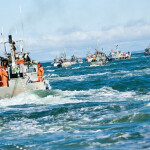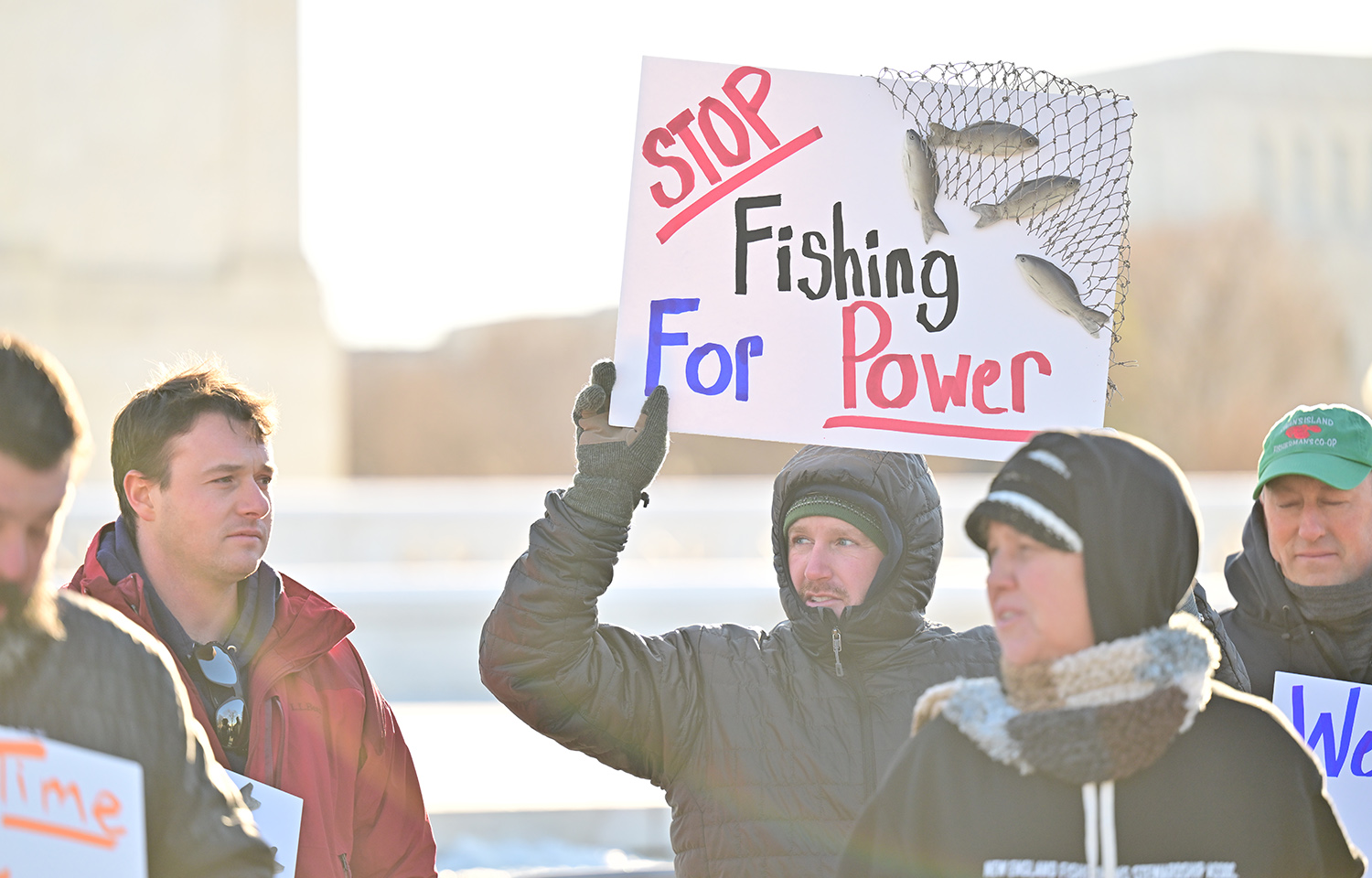Following their Chevron deference victory at the U.S. Supreme Court earlier this year, commercial fishermen are seeking to finally kill a NOAA Fisheries rule requiring them to pay for at-sea monitors out of pocket.
The legal battle stems from a 2020 NOAA Fisheries requirement forcing some commercial fishermen to pay for at-sea monitors out of pocket, with costs rising higher than USD 700 (EUR 640) per day. The fishermen sued but were quickly stymied by the courts’ use of the Chevron deference, a 40-year-old legal precedent that instructs judges to defer to federal agencies – in this case NOAA Fisheries – in interpreting Congressional statutes.
Undeterred, the fishermen submitted their case to the U.S. Supreme Court, which agreed to take up both Loper Bright Enterprises v. Raimondo and the similar Relentless Inc. v. Department of Commerce specifically to challenge the Chevron deference in 2023. In June 2024, the Supreme Court ruled in favor of Loper Bright, overturning the longstanding Chevron deference on a 6-3 vote. U.S. Supreme Court Chief Justice John Roberts opined that the judicial branch was better suited to resolving ambiguous directives from Congress than federal regulators.
“Congress expects courts to handle technical statutory questions […] and courts did so without issue in agency cases before Chevron,” Roberts wrote in his opinion overturning the Chevron deference.
However, the Supreme Court only ruled on the Chevron question in the Loper Bright cast; it did not make a ruling on whether the at-sea monitoring requirement at the heart of the case should be kept in place or struck down. The two cases considered by the Supreme Court, Loper Bright and Relentless, have been remanded to lower courts to determine whether the monitoring rule has legal standing without the Chevron deference.
Now, the New Civil Liberties Alliance (NCLA) has filed an amicus brief with the U.S. Court of Appeals for the D.C. Circuit asking the judges to strike down the at-sea monitoring rule. The appeals court initially upheld the rule in 2021, relying on the Chevron deference. With the deference dead, though, the NCLA claims the NOAA Fisheries rule is unlawful and should be struck down.
“The D.C. Circuit already found that the Magnuson-Stevens Act does not expressly provide the agencies with the power to force the fishing industry to pay for a government function performed by government agents for 20 years,” NCLA Senior Litigation Counsel John Vecchione said. “Without such Congressional direction, it should send this regulation to Davy Jones’ locker.”








